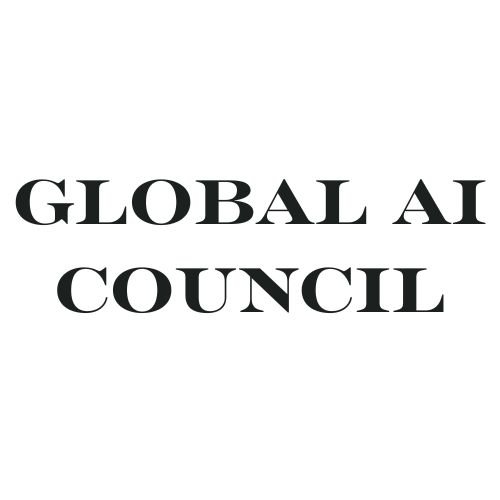AI and Creativity: The Future of Art and Design
Artificial Intelligence (AI) is revolutionizing the fields of art and design, opening up new possibilities for creativity and innovation. By leveraging advanced algorithms, machine learning, and neural networks, AI is transforming how art is created, interpreted, and experienced. This fusion of technology and creativity is not only redefining traditional artistic boundaries but also offering fresh perspectives and opportunities for artists and designers. Here’s a look at how AI is shaping the future of art and design.
1. Creating Art with AI
Generative Art: AI algorithms, particularly Generative Adversarial Networks (GANs), are being used to create generative art. These networks consist of two neural networks that compete against each other to produce images, resulting in unique and often stunning artworks. Artists can use GANs to explore new styles and techniques, pushing the boundaries of traditional art.
AI-Assisted Design: AI tools assist designers in creating complex patterns, compositions, and structures. For instance, AI can generate numerous design iterations based on a set of parameters, helping designers choose the best option. This speeds up the creative process and allows for greater experimentation.
Collaborative Art: AI enables collaboration between human artists and machines, creating a new form of hybrid creativity. Artists can input their ideas and concepts, and AI can enhance or transform them in unexpected ways. This collaborative approach leads to innovative artworks that blend human intuition with machine precision.
2. Transforming the Design Process
Automating Repetitive Tasks: AI automates tedious and repetitive tasks in the design process, such as resizing images, formatting layouts, and generating color palettes. This allows designers to focus on more creative and strategic aspects of their work.
Personalized Design: AI algorithms analyze user preferences and behaviors to create personalized designs. In web and graphic design, AI can tailor layouts, fonts, and colors to suit individual tastes, enhancing user experience and engagement.
Enhanced Creativity Tools: AI-powered creativity tools, like Adobe Sensei and Autodesk’s Dreamcatcher, provide designers with advanced capabilities, such as predictive design suggestions and automated error detection. These tools augment the designer’s abilities, enabling the creation of more sophisticated and polished designs.
3. Innovations in Art and Design Interpretation
Art Analysis: AI is used to analyze and interpret artworks, providing insights into style, technique, and historical context. Museums and galleries use AI to enhance the visitor experience by offering detailed explanations and interactive elements.
Digital Restoration: AI assists in the digital restoration of damaged or deteriorated artworks. By analyzing existing portions of an artwork, AI can reconstruct missing parts with remarkable accuracy, preserving cultural heritage for future generations.
Emotional and Aesthetic Analysis: AI algorithms can analyze the emotional and aesthetic impact of artworks and designs. This helps artists and designers understand how their work is perceived and make informed creative decisions to evoke desired emotions and reactions.
4. Challenges and Ethical Considerations
Authenticity and Originality: The rise of AI-generated art raises questions about authenticity and originality. Determining the authorship and value of AI-created artworks can be challenging, as the creative process involves both human and machine contributions.
Bias in AI: AI systems can reflect the biases present in their training data, leading to biased or unrepresentative artworks and designs. It is crucial to address these biases to ensure fair and inclusive creative outputs.
Impact on Employment: The integration of AI in art and design might impact employment in these fields. While AI can augment human creativity, there is concern that it could replace certain roles, particularly those involving repetitive tasks. However, it also creates new opportunities for collaboration and innovation.
5. Future Trends and Opportunities
AI-Driven Art Movements: As AI continues to evolve, we may see the emergence of entirely new art movements driven by AI technologies. These movements will explore novel aesthetics and concepts, challenging traditional notions of art and design.
Interdisciplinary Collaborations: The intersection of AI with other fields, such as biology, architecture, and fashion, will lead to innovative and interdisciplinary collaborations. Artists and designers will work with scientists, engineers, and technologists to create groundbreaking works.
Immersive and Interactive Experiences: AI will play a significant role in developing immersive and interactive art experiences. From virtual reality (VR) exhibitions to AI-driven installations, the future of art and design will be increasingly experiential and engaging.
Conclusion
AI is transforming the future of art and design by enabling new forms of creativity, enhancing the design process, and offering innovative ways to interpret and experience art. While there are challenges and ethical considerations to address, the potential benefits of AI in these fields are immense. As technology continues to advance, the collaboration between human creativity and artificial intelligence will unlock new possibilities, pushing the boundaries of what art and design can achieve. Embracing AI in art and design will not only enrich these fields but also inspire new ways of thinking and creating.
